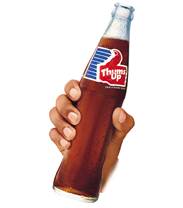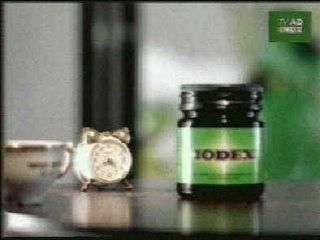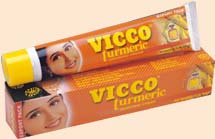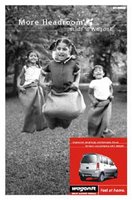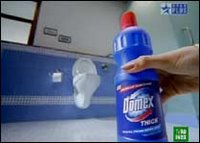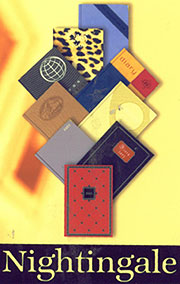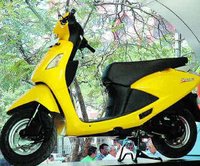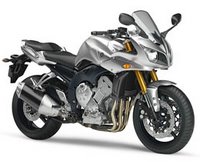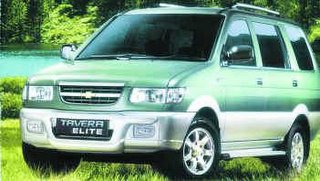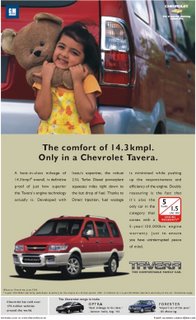
Brand : Margo
Company: Henkel
Agency: FCB Ulka
Margo is one of the oldest herbal soaps in India. The brand which is more than 85 years old is famous for its neem content. The product although famous for its positive effects to the skin is nowhere in the market. This is a brand which never changed with the customer. During its launch, the product had dedicated customer base and since the product was unique due to its medicinal value , customers tend to be loyal. The whole brand was having Neem as its core identity.
But Margo failed to understand the changing dynamics of Indian consumers, more and more choices began to unfold before the consumer and Margo was becoming a niche brand. Margo was positioned as a "complete skin care soap". When market became fragmented with lot of products positioning at different attributes, Margo was sidelined as a medicinal soap.
The product has inherent negatives, the fragrant was not attractive nor the shape. It was also less lathering compared to its competitors. Margo changed hands from Shaw Wallace to Henkel. Although Margo was relaunched in 2003 with a new fragrance and shape , it has not excited the market so far. The new positioning is " Margo skin clear skin". The brand had a following in AP, Tamilnadu and West Bengal ( am not sure about its present status). The single mistake the brand made was to miss the new generation. It failed to attract the young users.
With Lifebouy herbal variant and other established brands taking in the "neem" content away from Margo, this brand needs a hell lot of money to rejuvenate itself. May be a high decibel big celebrity endorsement may help this brand ( try Aishwarya for a change) . Can it change its avatar and fight lifebuoy in the health platform?
This is a brand that failed to change with the customer or changed very late.
